What’s Wrong with Most Bread
Most store-bought bread, especially sliced sandwich bread with a long shelf life, includes unhealthy ingredients and additives. For instance:
- Highly refined flour—you’ll even find this in some “whole grain” loaves.
- Lots of added sugars, including high-fructose corn syrup—have you ever noticed how sweet some packaged breads are?
- Cheap, low-quality oils, such as soy and canola.
- Artificial preservatives—this enable a long shelf life, but I’d rather freeze or refrigerate my bread!
- Artificial colors to make bread look browner (because that’s healthier, right?) or yellow (hello, potato bread!), etc.
- Cellulose fiber, which is sneakily added to up the fiber content in bread and is often sourced from wood in a chemical-laden process—I’d much rather get my fiber from real whole grains!
- Industrial bread production involves a lot of other additives that we’d never use in our own kitchens, including dough conditioners (which are as gross as they sound)
(For a fascinating dive into the best and the worst of bread, check out the bread chapter in Michael Pollan’s book Cooked.)
The Evolution of “Healthy Bread”
So what is healthy bread? Well, it’s an ever-changing story. In the 40 years I’ve been following health and wellness trends, I’ve witnessed the evolution of what is considered to be “healthy bread,” and I’ve ridden every wave.
In the 1970’s, homemade whole wheat bread became popular as part of the backlash against Wonder Bread. Later, the standard for healthy bread shifted to bread made from freshly ground flour (and I bought a stone grinder, of course!). Then, yeast was out and sourdough was in. By the late 1990’s, flour made from soaked and sprouted grains was the key to healthy bread. (That’s when I started eating Ezekiel Bread and baking with sprouted flours.) Most recently, “healthy bread” is gluten free.
During all of these progressions, bakers and bread companies have produced bread that is healthy based on the standards of the day. All of these evolutions have been good, but it can be confusing for the consumer. Is bread healthy if it’s made with whole-grains? If it’s organic? If it’s made without grains? Sadly, not necessarily.
The Healthiest Types of Bread
After all these decades of watching bread evolve, here is my definition of healthy bread: Healthy bread is made from real, whole-food ingredients–sprouted when possible. My favorite unsprouted breads are the sourdough ones with flour, water, and salt as the only ingredients. (We will get to the healthiest brands of bread below, I promise!)
Bread can come in a lot of forms—store-bought, homemade, sandwich-style, moist and cake-like. Here are my top picks for different kinds of healthy breads:
- Traditional breads from local bakeries: Where I live in Vermont, there are many bakeries that make traditional European-style sourdough breads baked in a brick oven. Such bakers source their grains and flours very carefully and generally use top-quality ingredients. To me, these are the very best breads if you can find them (and if you don’t have issues with gluten).
- Sprouted whole-grain breads are great because they’re more nutritious and easier to digest that regular sandwich bread. Ezekiel Bread is my favorite in this category because it’s widely available and comes in a variety of flavors, from sesame to cinnamon-raisin. Because it’s made from whole grains and legumes, it’s a great source of complex carbohydrates, fiber, protein, and many vitamins and minerals. I like their sliced loaves because I can toast the slices easily and use it like any normal sandwich bread.
- Manna Bread’s sprouted bread comes frozen in moist, dense loaves. I thaw mine and store it in the fridge. Organic Sprouted Carrot Raisin, Organic Sprouted Banana Walnut Hemp, Fig Fennel Flax, Fruit and Nut, Millet and Rice, and Cinnamon Date are just some of the flavors. You’ll learn more about Manna below under The Good Stuff.
- Gluten-free bread made from real ingredients. Beware: Most gluten-free breads are not healthy. They tend to be made from highly refined carbohydrates and include many additives to make up for the lack of gluten. The good kind of gluten-free bread is made from normal, whole foods, like nuts and seeds.

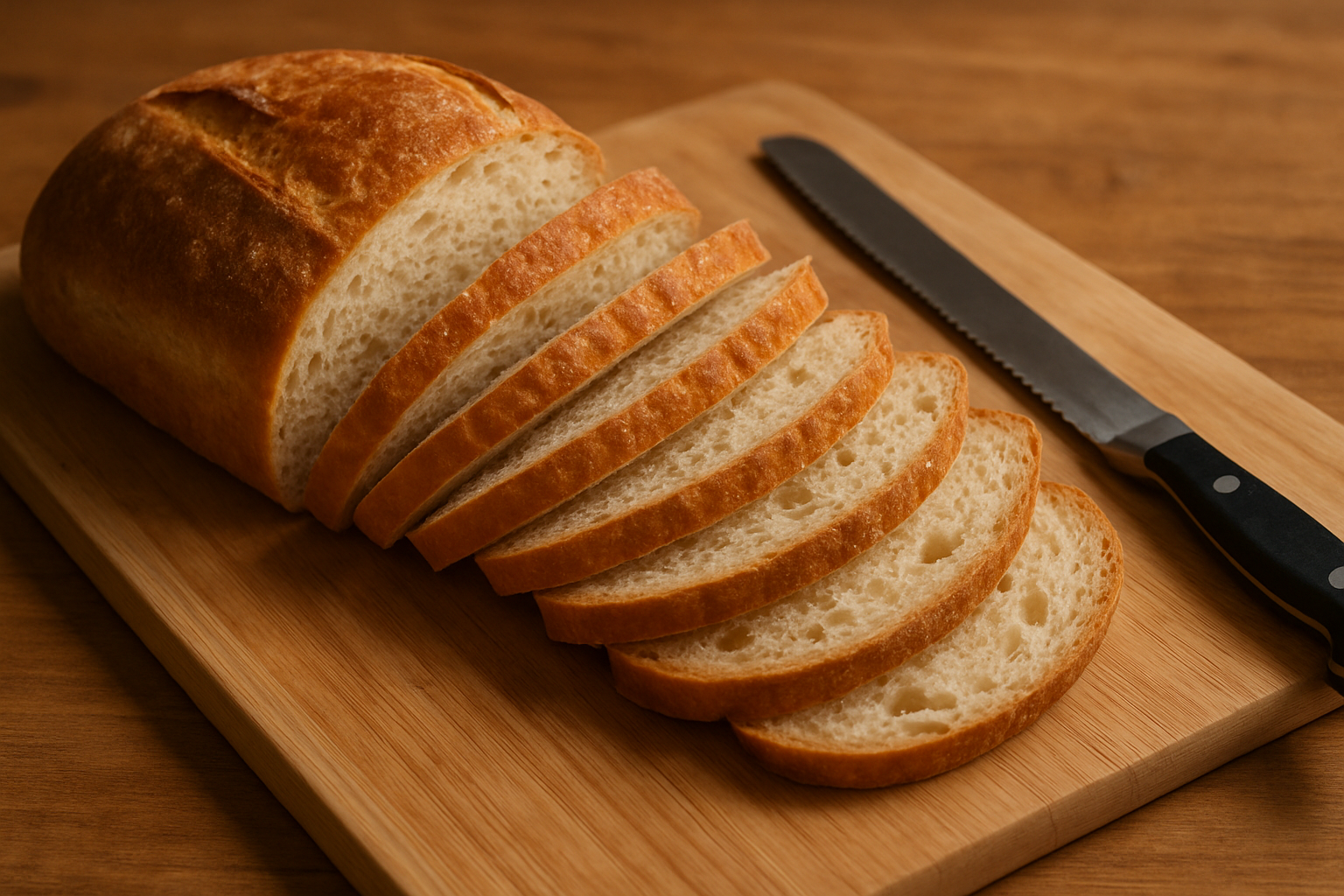



























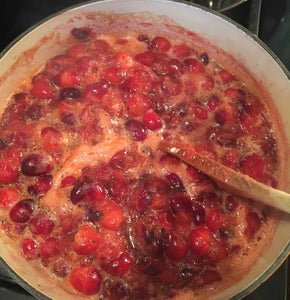
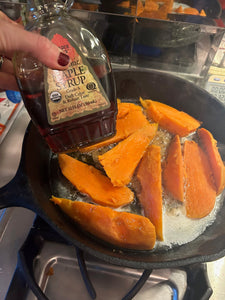
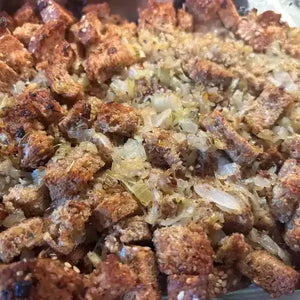


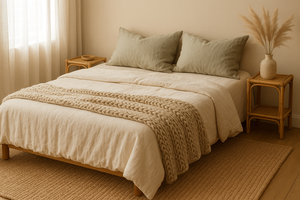
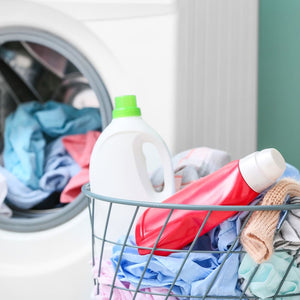


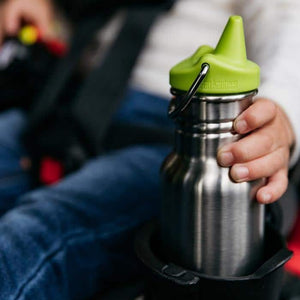
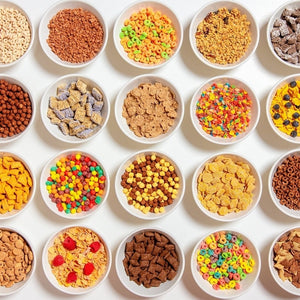

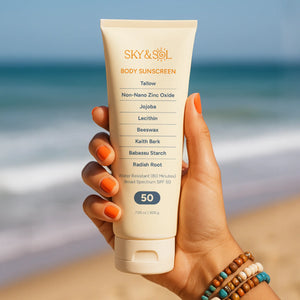

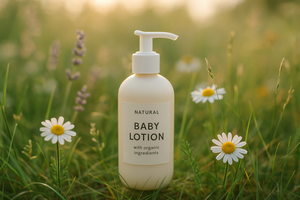

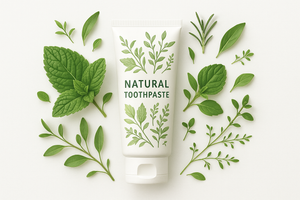
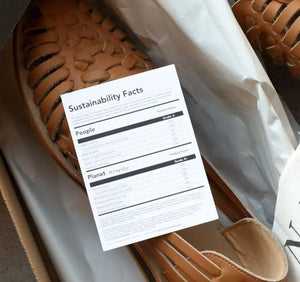

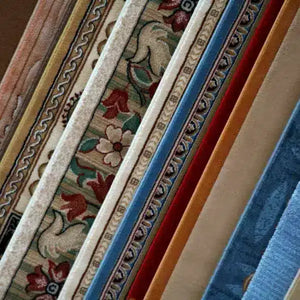
14 comments
Zita
I was wondering if I might substitute agave syrup for the maple syrup.
reb
how about Saint Louis Sour Dough?
amantenuto43
Curious your thoughts about Heidelberg Breads. They have very minimal ingredients, although not organic.
Maia James
They’ve been added:)
Lisa Thomas
Simple Kneads makes sourdough gluten free bread that is healthier than most of what you can find in the grocery stores.